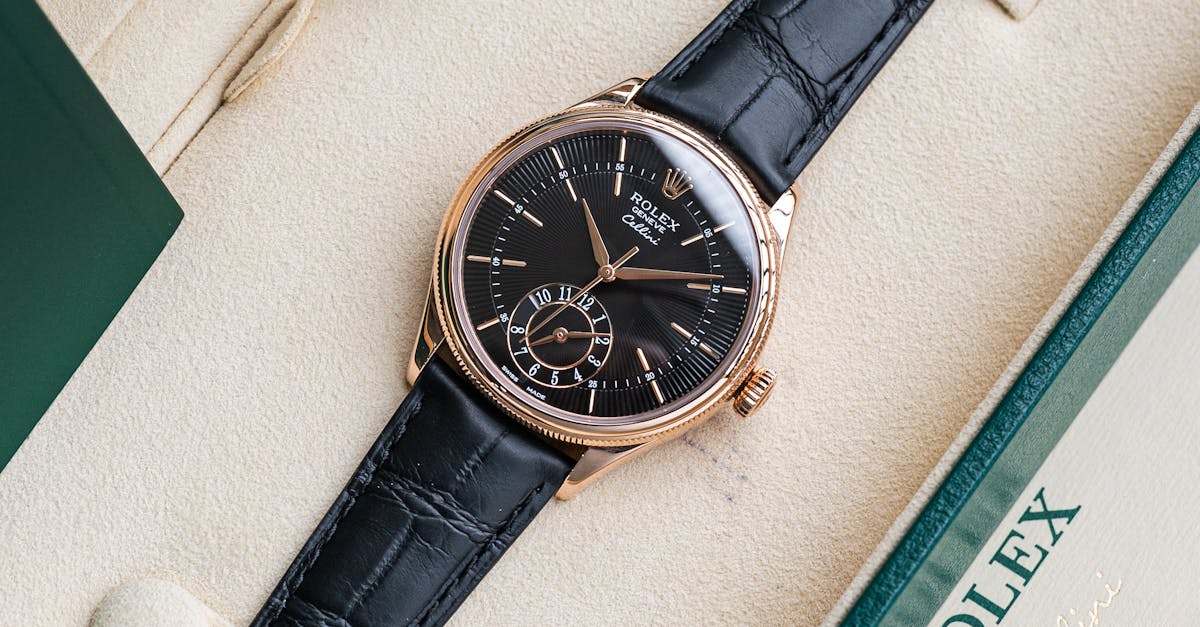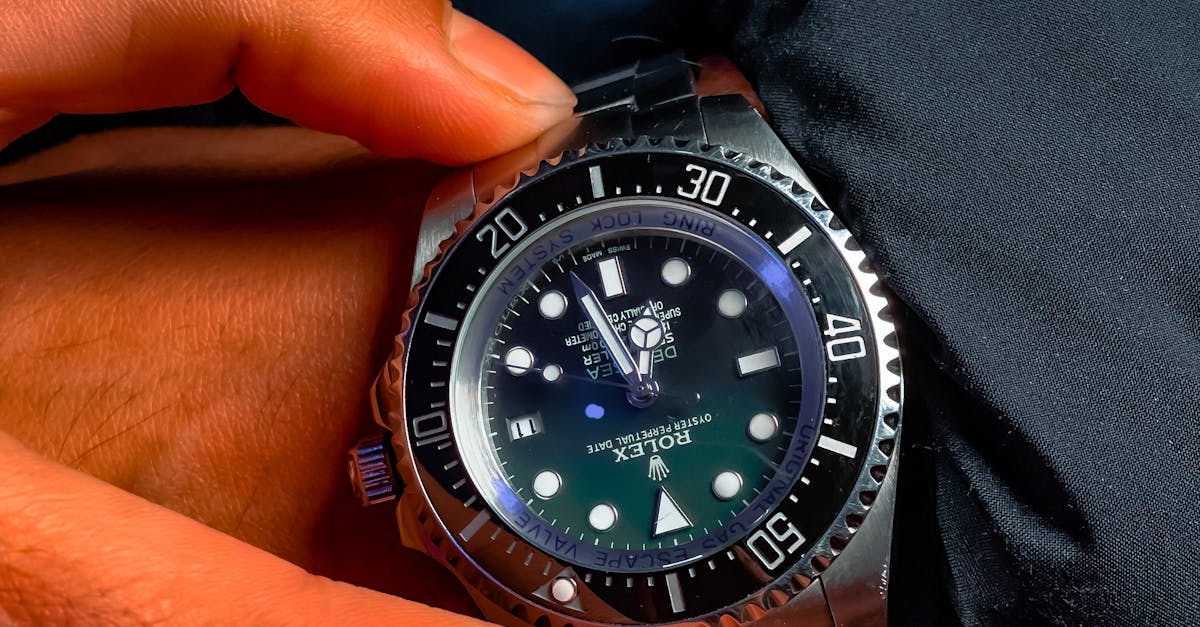Where Ethics and Elegance Converge: The Allure of Green Luxury Watches
In an age where ethics meet elegance, Artisanal Craftsmanship in Modern Watchmaking stands as a testament to tradition, expertise, and sustainable innovation. These handcrafted masterpieces reflect the dedication artisans put into creating exquisite timepieces, unlike mass-produced counterparts. Explore how green luxury watches intertwine with artisanal watchmaking techniques to redefine today’s luxury standards.
Green Luxury Watch: Sustainability and Artisanship in Timekeeping
Emphasizing sustainable artistry, green luxury watches focus on ethical practices without sacrificing quality or exclusivity. Bridging historical craftsmanship with eco-consciousness, these unique pieces resonate with consumers valuing both luxury and responsibility.
1. The Rise of Green Luxury
Consumer Values Shift
The consumer landscape is evolving, driven by millennials and Gen Z who prioritize ethical sourcing and environmental stewardship. This shift fuels demand for sustainably crafted luxury items such as artisanal watches.
Government Regulations and Sustainability Standards
Stricter regulations drive the watch industry towards greener practices. Initiatives like the Kimberley Process Certification Scheme ensure conflict-free sourcing, encouraging watchmakers to adopt sustainable standards.
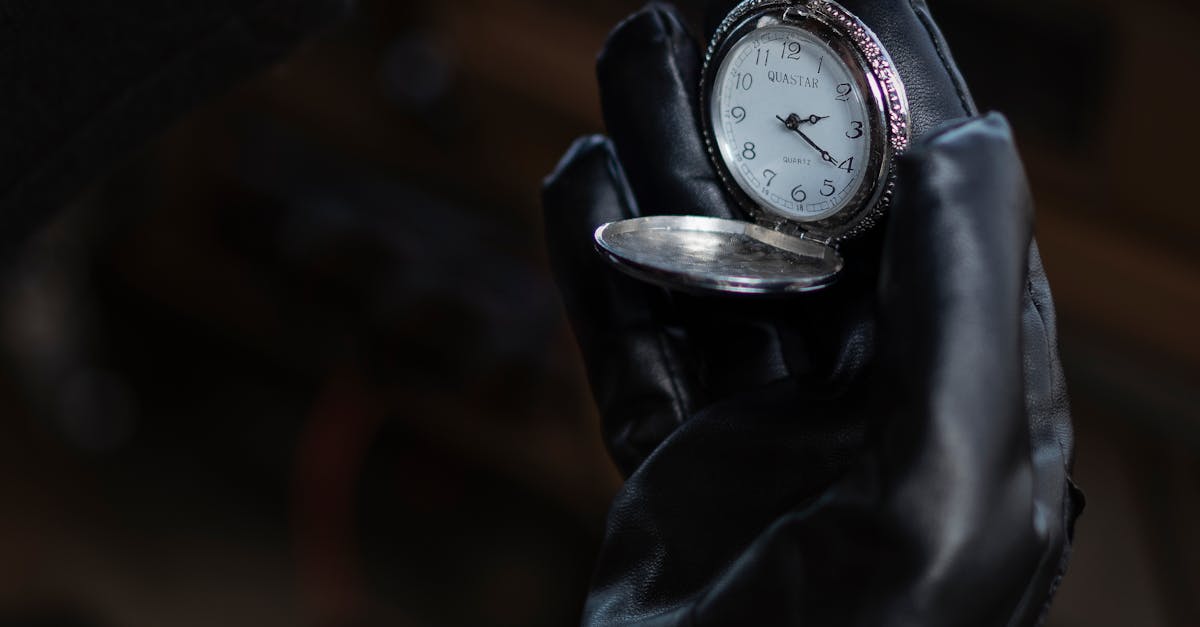
2. Ethical Sourcing and Sustainability
Responsible Sourcing of Raw Materials
Many watchmakers commit to ethical sourcing, ensuring materials respect human rights and labor standards. They collaborate with suppliers meeting stringent environmental protection and conflict-free criteria.
Renewable and Recycled Materials
The rise in using recycled metals and renewable resources is evident. Innovations, including recycled steel and eco-friendly components, help minimize the environmental footprint.
Precious Metals and Sustainability
By using ethically sourced and recycled precious metals, watchmakers reduce their environmental impact while maintaining prestige and quality.

3. Artisanal Craftsmanship and Green Luxury
Preserving Tradition and Skills
Artisanal watchmakers, like Philippe Dufour and George Daniels, are dedicated to keeping traditional techniques alive amidst industrialization. Their commitment ensures skills like hand finishing and engraving continue to thrive.
Embracing Innovation and Sustainability
While rooted in tradition, artisanal watchmaking isn’t static. Innovations such as CNC machining enhance precision, allowing the blend of old and new to boost sustainability.
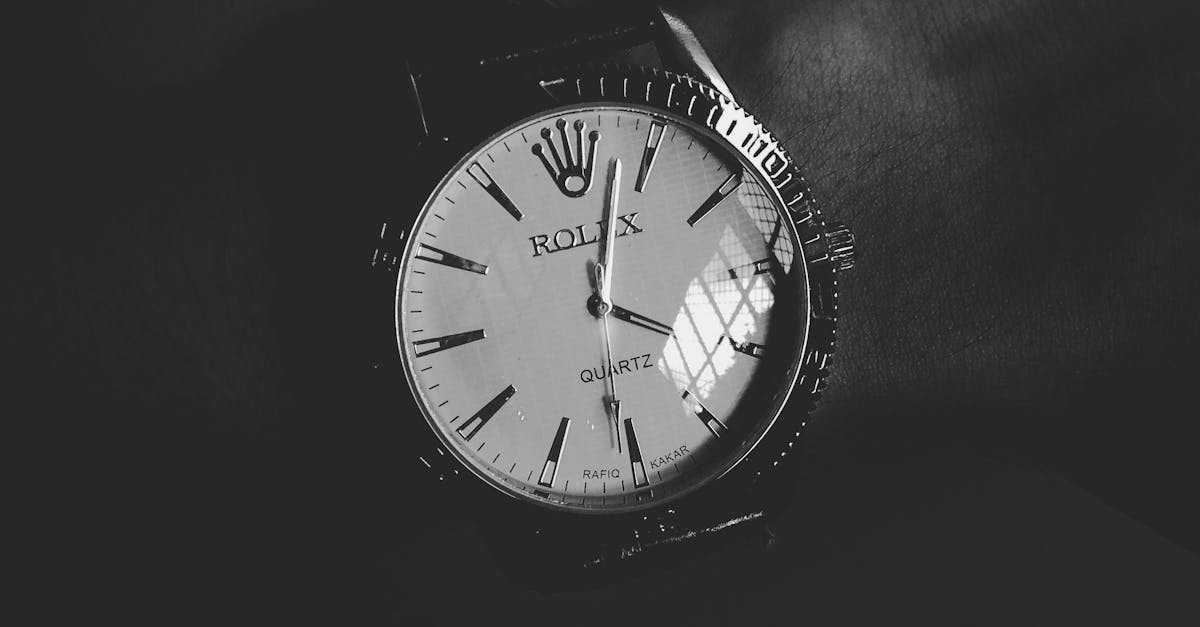
4. Case Studies: Green Luxury Watches
Rolex Oyster Perpetual
The Rolex Oyster Perpetual collection, made from recycled steel, aligns Rolex’s commitment to sustainability with luxury and environmental consciousness.
Patek Philippe Nautilus
The Patek Philippe Nautilus combines artisanal craftsmanship with sustainability using recycled gold, highlighting elegance and responsibility.
Vacheron Constantin Overseas
With straps made from eco-friendly leather, the Vacheron Constantin Overseas shows how prestigious brands innovate towards sustainability.
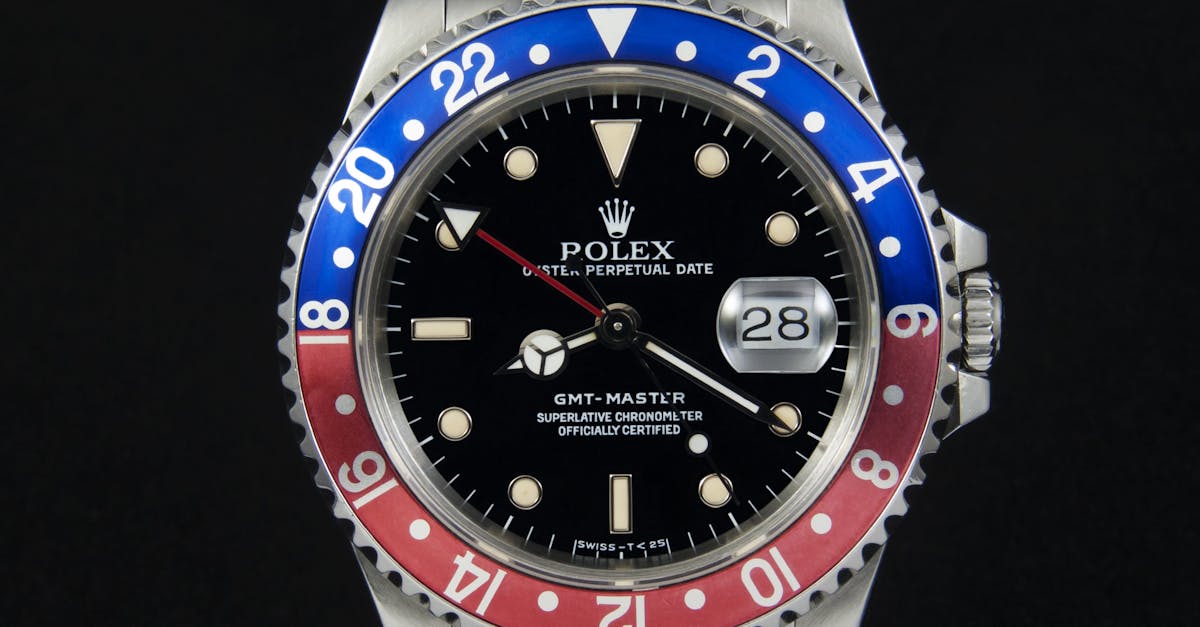
5. The Future of Green Luxury Watches
Technological Innovations and Sustainability
The future of watchmaking lies in innovative materials like plant-based resources and lab-grown diamonds, reducing traditional reliance and enhancing sustainability.
Industry Initiatives and Collaborations
Collaborations through organizations like the Responsible Jewellery Council promote shared sustainability goals and responsible practices across the industry.
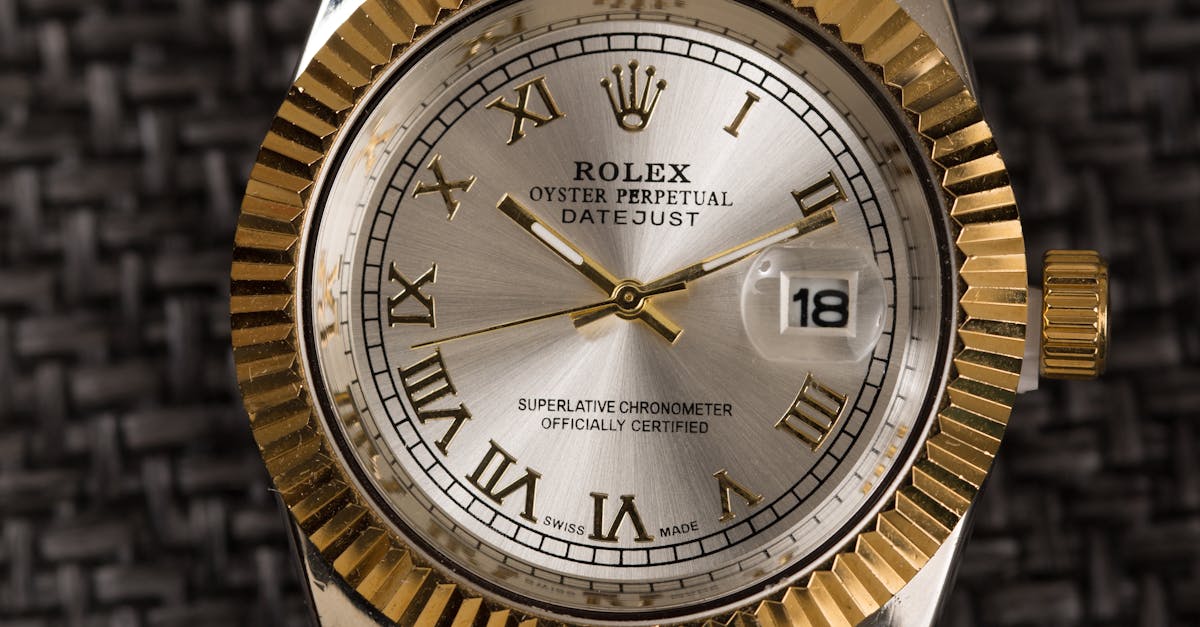
6. Conclusion: Responsible Luxury in Watchmaking
Ethical and Sustainable Choices
Consumers wield power through prioritizing ethical brands, steering the industry towards more responsible practices.
A Bright Future for Green Luxury
As watchmaking evolves, artisanal craftsmanship in modern watchmaking will continue to set the standard for possibilities, ensuring a promising future for sustainable luxury watches.
